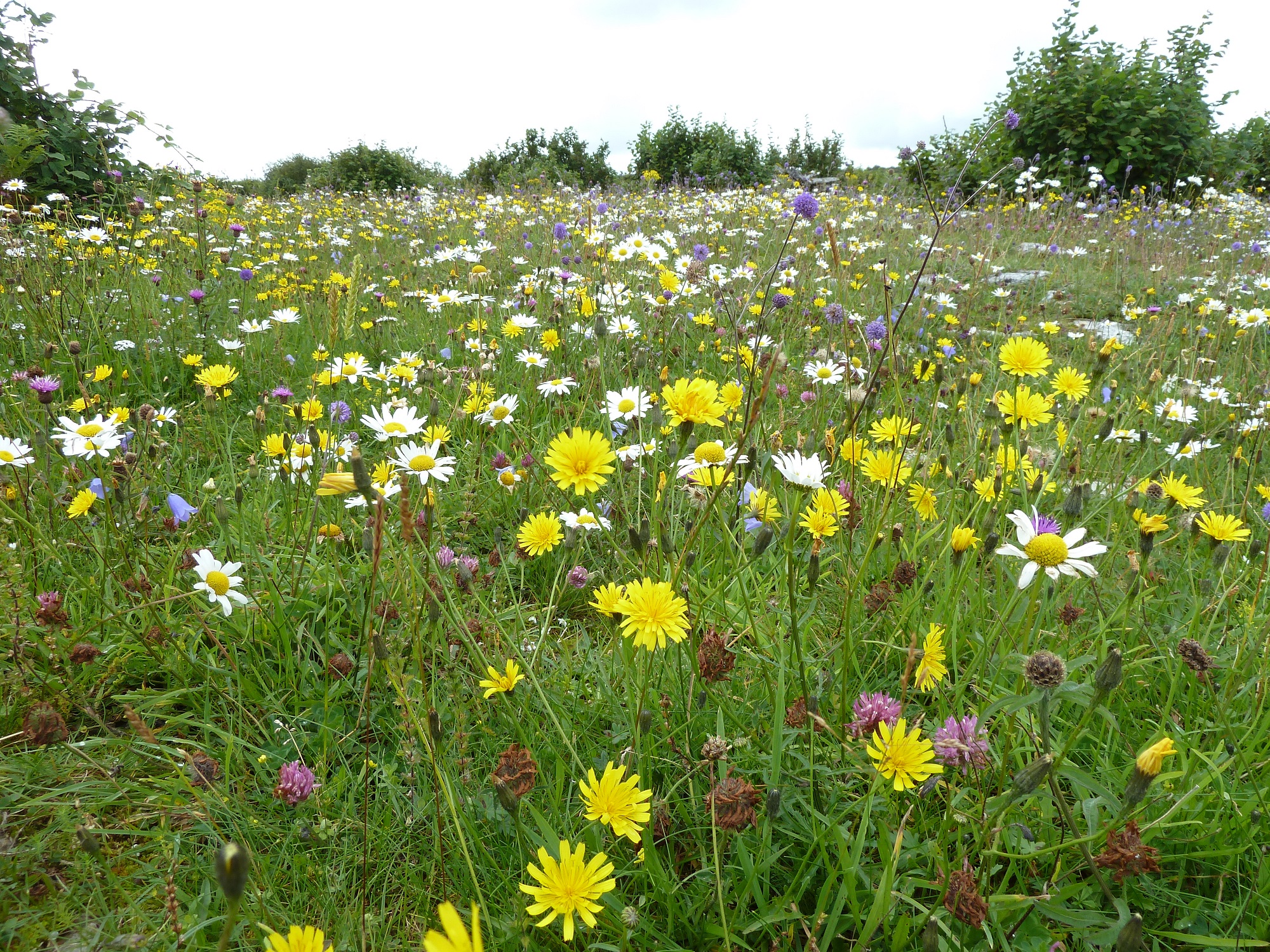The main drivers of decline are intensification and abandonment so these are the areas that must be tackled. In the case of intensification, foodplants for butterflies usually disappear or become unsuitable due to their absorption of chemical inputs. The character of the vegetation around the foodplants is often altered making the breeding habitat unsuitable. Where abandonment of traditional farming practices occurs, the habitat undergoes successional changes, where the grassland grows taller, ranker species dominate, eventually displacing or shading host-plants. The grassland also develops scrub and eventually may revert to woodland, eliminating much of the biodiversity, including butterflies.
There must be a de-intensification of farming to save the biodiversity of the broader farmed landscape. A return to hay-saving, which is made more practicable by our warmer summers, should replace silage-making with involves earlier and multiple cuts of the grassland, killing the chicks and eliminating nesting habitat for ground-nesting birds. Multiple cuts also remove breeding sites for butterflies, as host-plants such as Lady’s Smock are cut in June while they are holding butterfly larvae. A major reduction of chemical inputs is needed. Recent research indicates that added nitrates taken in by host-plants kill larvae or kill the host-plant, depending on the concentration applied.
Where intensive farming continues, strong regulation of application practices to prevent leaking of chemicals to nearby land containing high biodiversity value should be applied. These regulations should include buffer zones and spraying in windless conditions. In these areas, the marginal sites that are unfarmed and still support wild creatures, such as road verges, should be cut as hay meadows. Smaller fields should be reintroduced by reinstituting hedgerows consisting of native trees and shrubs. Drain-blocking should be carried out to restore ponds to farmland. While there may be little data on the presence of amphibians on farmland, I suspect that a great decline has taken place.
Stocking rates (number of sheep/cattle per hectare) need to be reduced and we must be prepared to pay a little more for milk and meat. It is feasible to rear animals on unfertilised pasture-this still occurs on smaller holdings, even in high value pasture in County Meath. For EU member states, Common Agriculture Policy supports can be re-directed to the achievement of biodiversity targets, not just on high nature value farmland (low‑input farming systems with high biodiversity and low-intensity management) but also on intensively farmed land.
In areas of high nature value farmland where people are leaving the land, socio-economic supports to promote the continuance of traditional farming must be introduced. Some very good templates already exist, such as in the Aran Islands and the Burren (http://burrenprogramme.com/) where farmers are financially incentivised for results, not actions. These programmes work and deliver great results for biodiversity and people. The extension of these programmes to other areas of high biodiversity value should be instituted.
Furthermore, land within nature reserves needs to be farmed/managed-otherwise areas set aside for nature will continue to show deteriorating habitats and species loss.
There are unfarmed areas that hold high biodiversity value. These include out hedges, grassy verges, parks and gardens. The management of the hedgerows along roads is sometimes very suitable but cutting adjoining verges in June is very destructive and must be avoided-cut from September instead. Leaving a thin strip uncut should be considered where possible. Any grant of planning permission for a one-off rural house must include a hedgerow retention element. The onslaught on hedges in such circumstances is extremely worrying and aesthetically offensive. Anyone offending against this condition must be compelled to remove laurel/beech/leylandii hedging.
Parks need to be managed without herbicides, pesticides and insecticides unless there is a necessity, such as rodent control. Spraying of Stinging Nettles, for example, is a serious offence against nature and should be banned.
Likewise in our gardens, we should garden with nature as a top priority. Habitat creation and management bring enormous personal joy and benefits for nature. The approach, which essentially involves attempting to make natural and semi-natural habitats using native plants really works. A national network of back garden nature reserves can be created, a source of energy, pleasure and biodiversity abundance to provide a small pay-back for what we have taken away.


